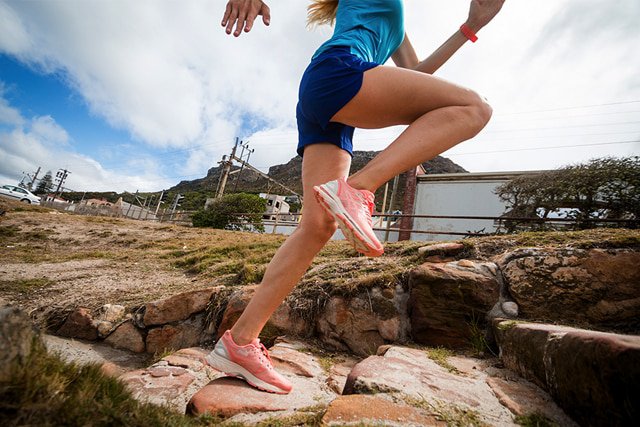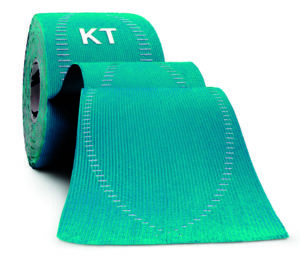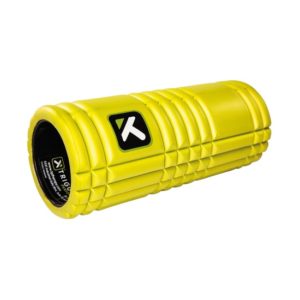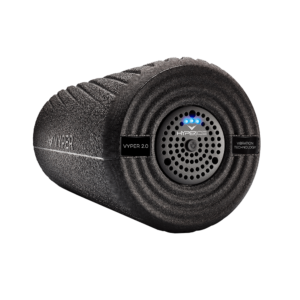The Best Ways To Treat & Prevent Shin Splints
One of the most common afflictions in running is also the one most shrouded in mystery. We raise the curtain and shed some light.
It’s the bane of runners both new and advanced: lower-leg pain that flares up when you start pounding the pavement. In many cases, the culprit is shin splints.
Also known as medial tibial stress syndrome (MTSS), shin splints are thought to occur when inflammation develops where the muscles insert on the bone, explains Dr Cordelia Carter, director of the Women’s Sports Medicine Centre at New York University. That’s called periostitis, and the resulting inflammation is responsible for the nagging pain you feel.
Properly identifying your pain as shin splints is important. “ ‘Shin splints’ is the very fuzzy term we apply to ‘Ow, my leg hurts,’ ” says Carter. “It’s a catch-all; but the pain is not always caused by shin splints.”
If the pain increases, persists after your workout, or interferes with everyday life, you should see a pro to make sure it’s not serious. But if not, there are DIY treatments that can help.
The Easiest Way to Treat: Stop, Ice, Roll, and Stretch
When you’re dealing with acute pain, take a break from strenuous activity to give the inflammation time to go down. “If you feel a little better, and you try to go back [too soon], you’re setting yourself back to square one,” Carter says.
Icing your leg is the first course of action. Wrap a frozen bag of peas in a dishcloth and place it on the aching area. It conforms to your leg better than an ice pack, and will reduce the inflammation and swelling. Taking non-steroidal anti-inflammatory drugs (NSAIDs) can help, too – just make sure you’re not exceeding the prescribed dosage, and take them with food to avoid an upset stomach, Carter says.
While you’re resting from running, take time to foam-roll and stretch, focusing on your Achilles tendon. Try the heel-drop stretch: stand with one foot on the edge of a step and lower your heel down. Return to starting position and then repeat on the other leg.

The Intermediate Investment: Socks and Inserts
Still aching? It’s time to put more effort into healing. Swelling tends to occur along with inflammation, even if you can’t see it. Compression socks can decrease swelling, thus relieving some of the pain.
Another option is over-the-counter shoe inserts, which are usually less stiff than custom orthotics. Inserts are particularly helpful if you have flat feet, since overpronation ends up stressing your muscles and tendons even more, putting you at greater risk of shin splints. “If you can neutralise that alignment problem, then you can potentially balance the forces going through your foot and ankle as you run, which will hopefully decrease your chances of developing an overuse injury such as shin splints,” Carter says.

The Advanced Solution: Kinesiology Tape
If you have a chronic case of shin splints, kinesiology tape may help to relieve the throbbing. According to a study in the Journal of Sports Medicine and Physical Fitness, people who wore kinesio tape for just one week experienced a greater reduction in pain than those who used standard orthotics.
“Kinesio tape lifts the superficial tissues, which promotes healing by moving waste products out of the area, and stimulates nerve endings that relax the muscle,” says Cameron Yuen, senior physical therapist at Bespoke Treatments.
Measure the amount you need by sitting with your leg in front of you, foot flexed. Hold the tape 5cm beneath the top of your big toe, and unroll until it hits just below the outside of your knee. Cut the tape there. Without stretching the tape, peel off 5cm of adhesive and stick it just below the outside of your knee.
Then peel off the remaining paper, and stretch the tape to stick just beneath the base of your big toe, with the foot still flexed. Point your toe, and lightly press the tape to your shin until the tape is flat. Cut additional strips the length and width of your shin, and stick them laterally over your pain points.
Prevent ’em
Because there’s no quick cure-all to make shin splints vanish fast, prevention is the most important part of the equation, Carter says. To stop them before they start, it’s key to avoid large jumps in training volume. Alternate between a few pairs of running shoes, and make sure that the kind you choose fits your foot type and biomechanics. If you run on a cambered road, stay on the same side of the road on your way back, and if you run on a track, make it a point to switch directions with each lap. This will vary the stresses on your legs, and help prevent repetitive overuse.
Your Shin Splints Treatment Kit
1. Compression Running Socks
These socks help increase circulation, which can improve bloodflow and decrease swelling.

2. Running Shoe Insoles
The cushy foam and (on some examples) carbon fibre neutralise your alignment when your foot hits the pavement.

3. Kinesio Tape
Most are made with 100 per cent synthetic fibres – both breathable and durable.

Foam Rollers We Love
Four levels of vibration intensity, HyperIce Vyper 2.0 / R3 500
Extra length for less, Just Sports 90cm Foam Roller / R449

takealot.com
Perennial favourite of the pros, TriggerPoint GRID / R599

sportsmanswarehouse.co.za
READ MORE ON: injuries injury-prevention shin splints shins


